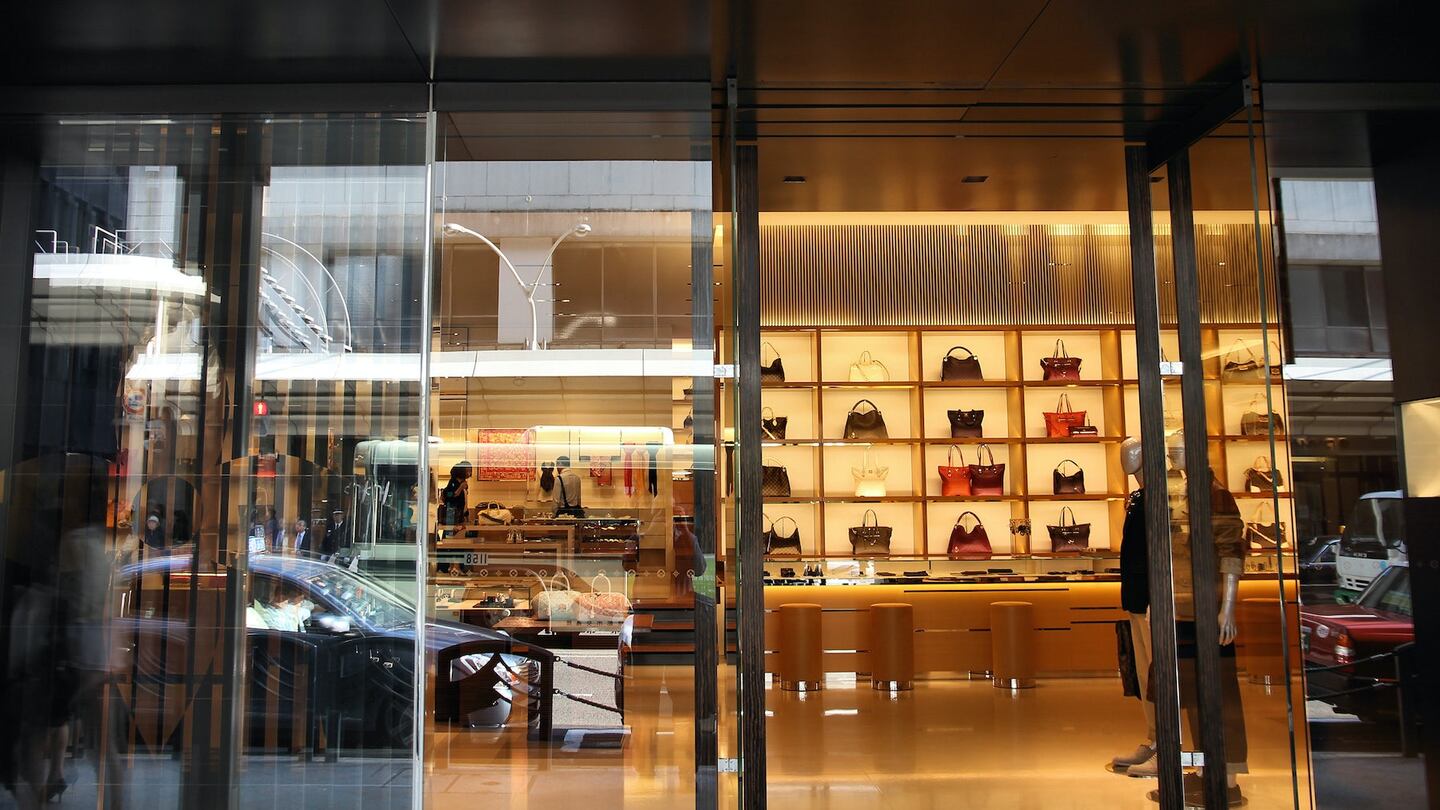
The Business of Fashion
Agenda-setting intelligence, analysis and advice for the global fashion community.

Agenda-setting intelligence, analysis and advice for the global fashion community.

BEIJING, China — Louis Vuitton is about to get smaller in China, and other luxury-goods makers may follow as the heady days of expansion in that market are over.
The French maker of monogrammed luggage is reviewing eight stores in second-tier cities, or about a fifth of the total in China, according to a person familiar with the situation. While some may be moved or refurbished rather than closed outright, the Chinese store count will drop, said the person, who asked not to be identified as the plans are private and no final decision has been made.
Vuitton is closing stores “to avoid being overexposed” as market dynamics change and more Chinese shop abroad, said Mario Ortelli, an analyst at Sanford C. Bernstein in London. “This is something that is quite normal when you have a fast expansion of a store network.”
Vuitton is evaluating its exposure to China as consumers shift more of their spending to Japan and Europe, where the weak yen and euro make it even cheaper to shop. A government campaign against extravagance has also weighed on demand in China and neighboring markets. Watchmaker TAG Heuer shuttered a store in Hong Kong in August and Burberry Group Plc said earlier this month it would reduce the size of its largest store in the island city.
ADVERTISEMENT
Retail Network
Vuitton has 41 stores in China out of 453 worldwide, according to Exane BNP Paribas. A spokesman for parent company LVMH said Vuitton will continue to invest in its retail network in China, adding that the company will open two stores there in 2016 and refurbish two others. He declined to comment on closures.
Closures by other luxury-goods makers may follow, according to Exane analyst Luca Solca. Kering SA-owned Gucci and Burberry, both of which have also struggled in China, have more stores there than Vuitton, according to Exane. Chinese consumers account for about a third of global luxury sales. Gucci has 57 stores in China, while Burberry has 55.
“As more sales move abroad on the back of large price gaps, mainland China stores risk poor space productivity, hence the adjustment,” Solca said.
LVMH Chief Financial Officer Jean-Jacques Guiony said last month Vuitton may shut a couple of boutiques in China where it has two in second-tier cities. Its Chinese store count should remain “reasonably flat for the years to come,” he said.
Globally, the market for personal luxury goods is set to grow as little as 1 percent this year, the weakest rate since 2009, Bain & Co. estimates.
LVMH, whose full name is LVMH Moet Hennessy Louis Vuitton SE, reported third-quarter fashion and leather goods sales that rose 3 percent on an organic basis, trailing estimates.
By Andrew Roberts; editors: Matthew Boyle, Thomas Mulier.
Local streetwear brands, festivals and stores selling major global labels remain relatively small but the country’s community of hypebeasts and sneakerheads is growing fast.
This week’s round-up of global markets fashion business news also features Senegalese investors, an Indian menswear giant and workers’ rights in Myanmar.
Though e-commerce reshaped retailing in the US and Europe even before the pandemic, a confluence of economic, financial and logistical circumstances kept the South American nation insulated from the trend until later.
This week’s round-up of global markets fashion business news also features Korean shopping app Ably, Kenya’s second-hand clothing trade and the EU’s bid to curb forced labour in Chinese cotton.